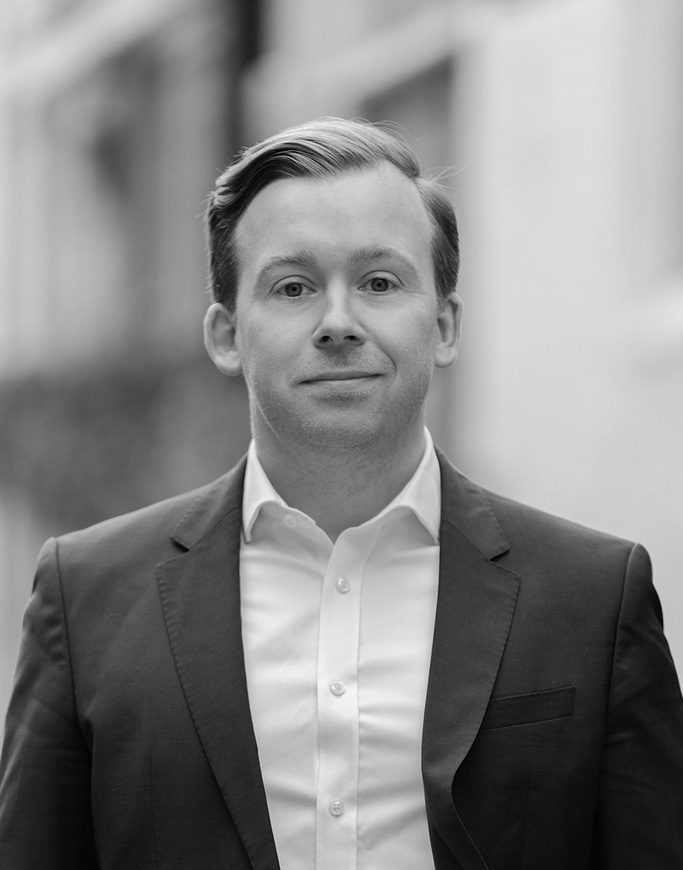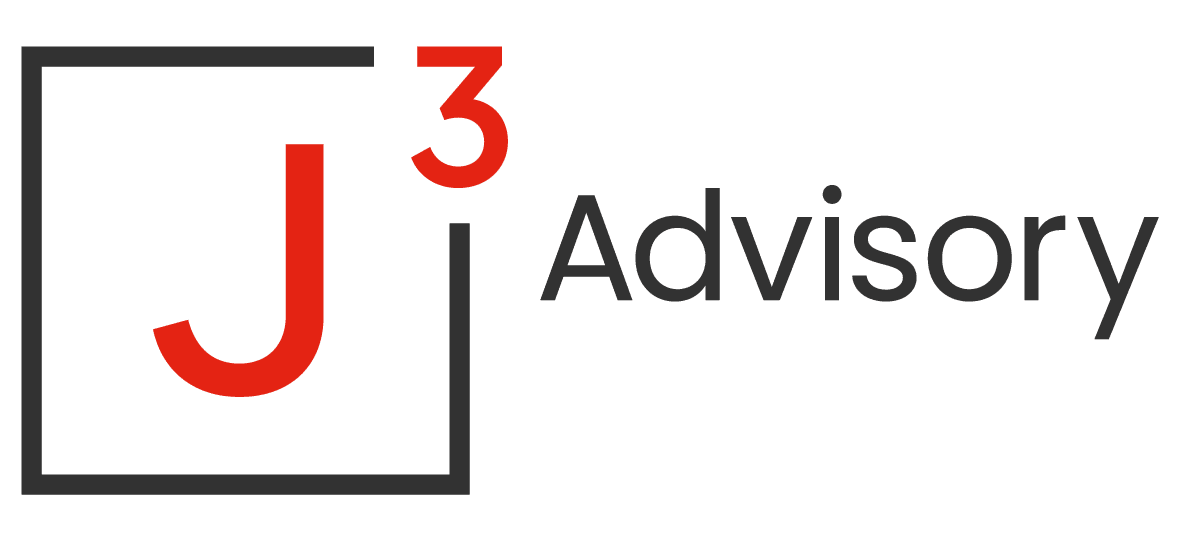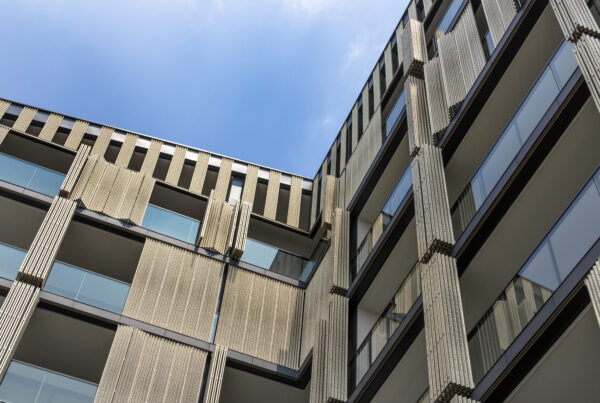The Bank of England’s Monetary Policy Committee (MPC) took the expected step of increasing the base rate by 50 bps from 1.25% to 1.75%, the single biggest increase in 27 years.
The MPC voted 8 -1 in favour. The BoE went on to say that the economy is forecast to shrink in the last three months of this year and keep shrinking until the end of 2023 and finally warned of an upcoming recession.
Rates & Products
While it’s fairly obvious that rates will be affected, how much they are will depend on what lenders and products you utilise.
There are many different products in the funding market, but you can put the vast majority into two camps: fixed and variable.
A fixed product does what it says on the tin and offers a fixed rate for the duration of the agreed term. Importantly though, to fix a rate in, you must normally have a full application submitted with a lender at a minimum, with some requiring you to be credit approved and in legals. If you are not yet locked in, lenders have the ability to raise rates (often due to their own cost of capital changing), which is what we’ve seen many do.
A variable rate is where a lender will append a margin that floats above either BoE Base Rate or SONIA (the replacement to LIBOR).
What should you do?
Keep in mind that each situation is unique and different from the last, so simply because a variable rate was an effective strategy last time, doesn’t necessarily mean it should be your default position on the next.
One thing to consider though, before everyone rushes to find a fixed rate is what the fix will cost you. Lenders that aren’t already offering fixed rates are looking to offer them shortly but will give borrowers a choice to fix in on a slightly more expensive rate or to brave it out on a variable rate.
Let’s work it out – for easy numbers, let’s take a £4m development funding split £2m as a day 1 land facility with a further £2m taken in equally drawdowns over 12 months with a six months sales facility.
- Over 18 months at 7.5%, the total debt interest would total £399,851.08
- Over 18 months at 8.5%, the total debt interest would be £456,075.00
- Over 18 months, if the rate started at 7.5% for the first six months, and then it rose to 8.5% at month seven, the total debt interest would be £438,637.23
Whilst I modelled the above in such a way to get an outcome that supports my point, it demonstrates that we need to be careful with fixed rate implementation if there is an extra cost attached.
Interest Facilities
Borrowers need to keep a keen eye on interest facilities at the moment. When a lender offers a development loan, part of the total facility is an allowance for interest. Most lenders will normally build in some headroom into the interest facility, but lenders who don’t have fixed rates will need to factor in significantly more headroom for rate fluctuations. There is nothing wrong with this, it’s good lending practice, but it is something to be mindful of as an increased interest facility will mean a reduced day 1 land facility if you seek to maximise the debt.
Property Development Funding Finance Broker
J3 Advisory is a specialist debt advisory and lending specialist for the UK’s new and experienced property developers enabling them to structure far more feasible projects and get them off the ground. If you have a project you wish to discuss call us on 020 3096 0718 or email us [email protected]
About the Author

Jack Bristow
Director
Over the past 10 years, Jack’s career has transcended across insurance, finance and sport. Jack established J3 with James and Johnny to provide property professionals with forward-thinking advice on debt structures coupled with insurance, primarily latent defect. He has a reputation for cultivating strong relationships with lenders, insurers and developers alike through his honest and direct approach.





